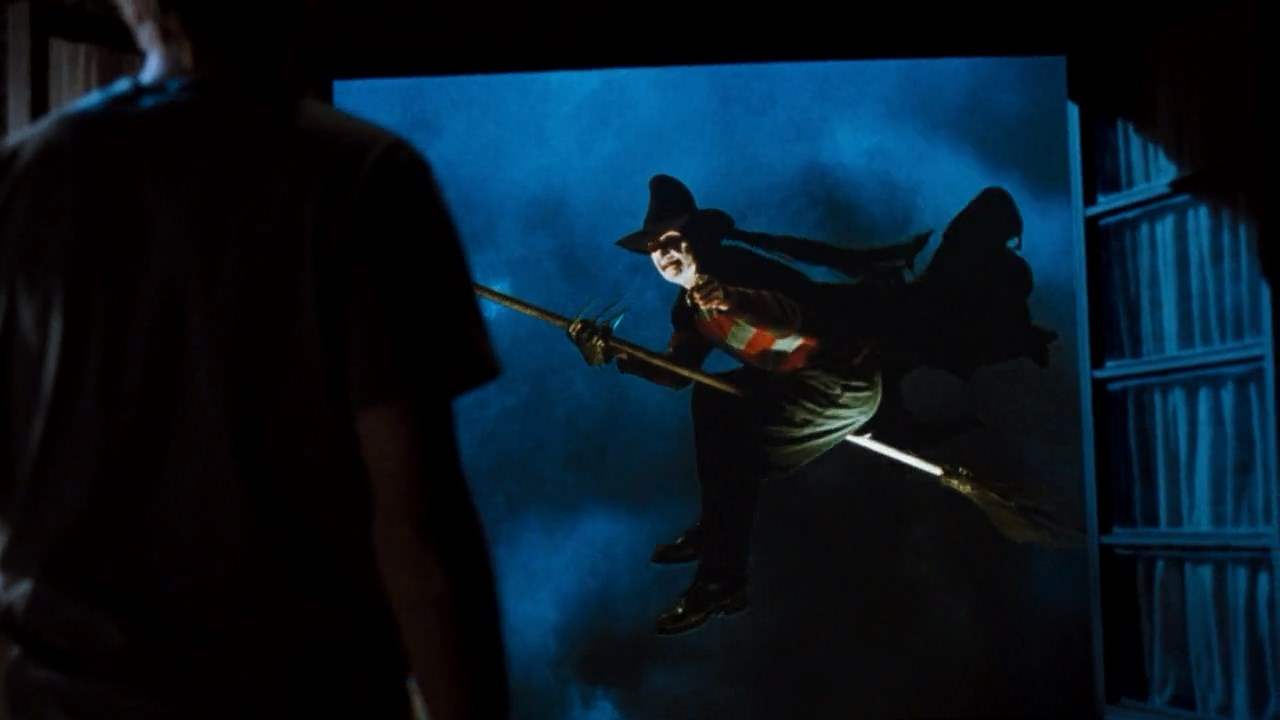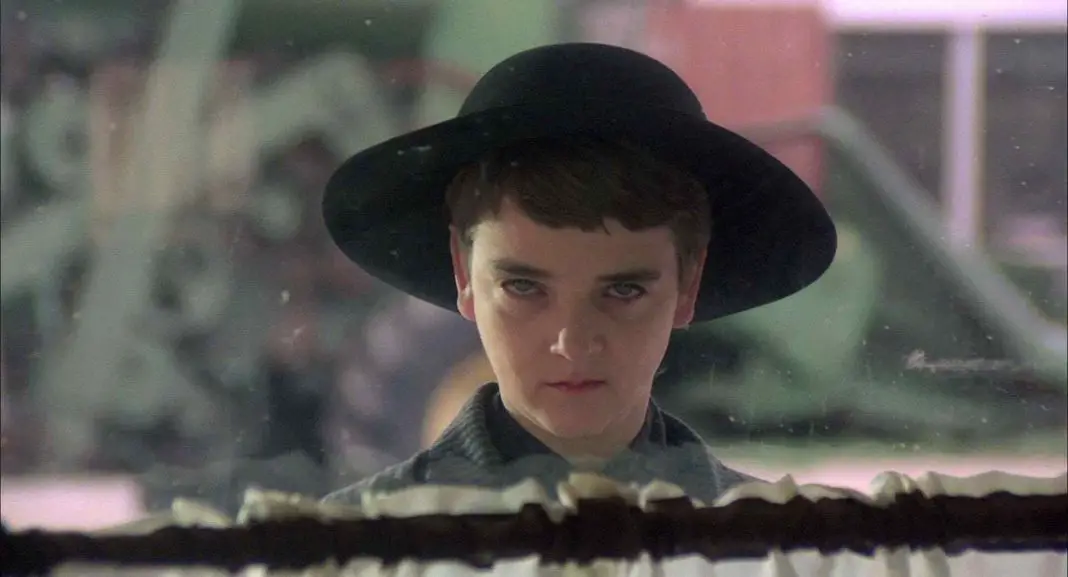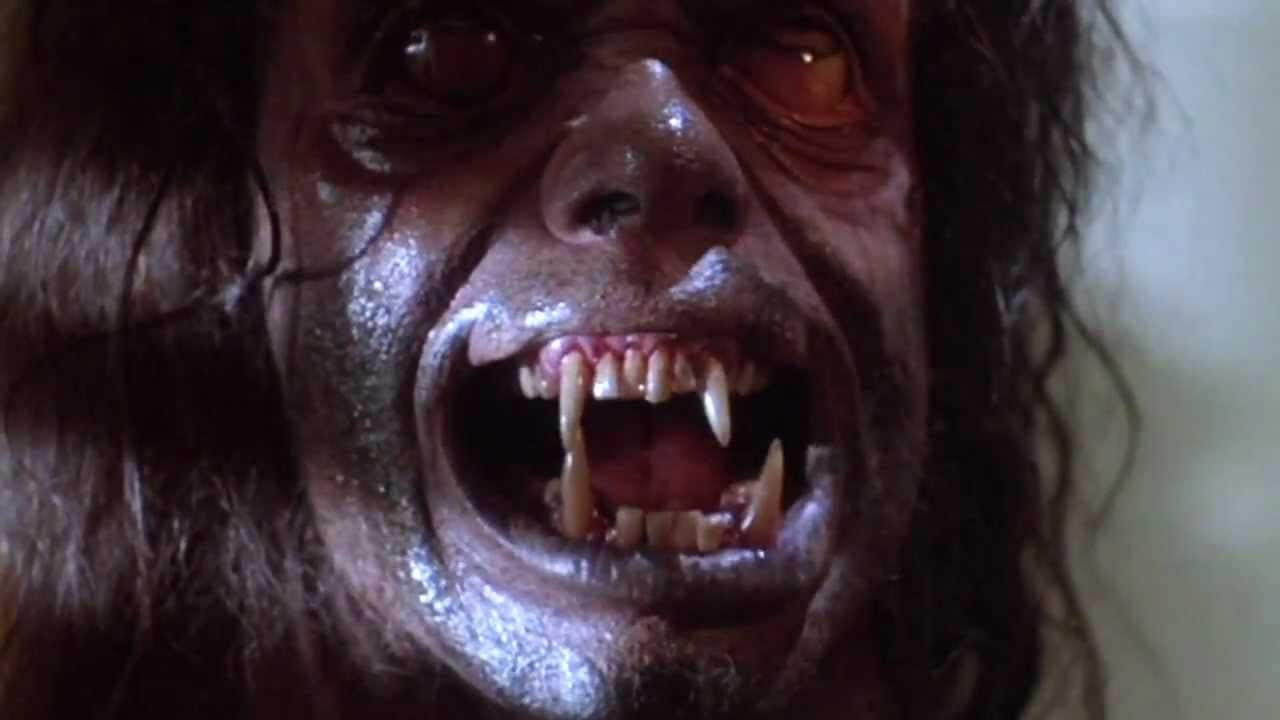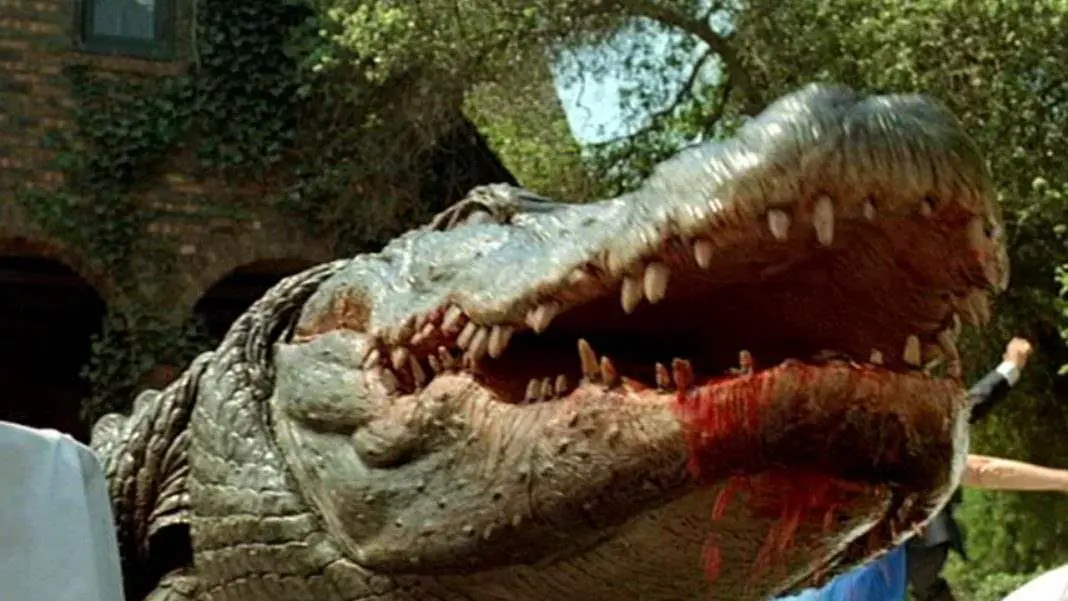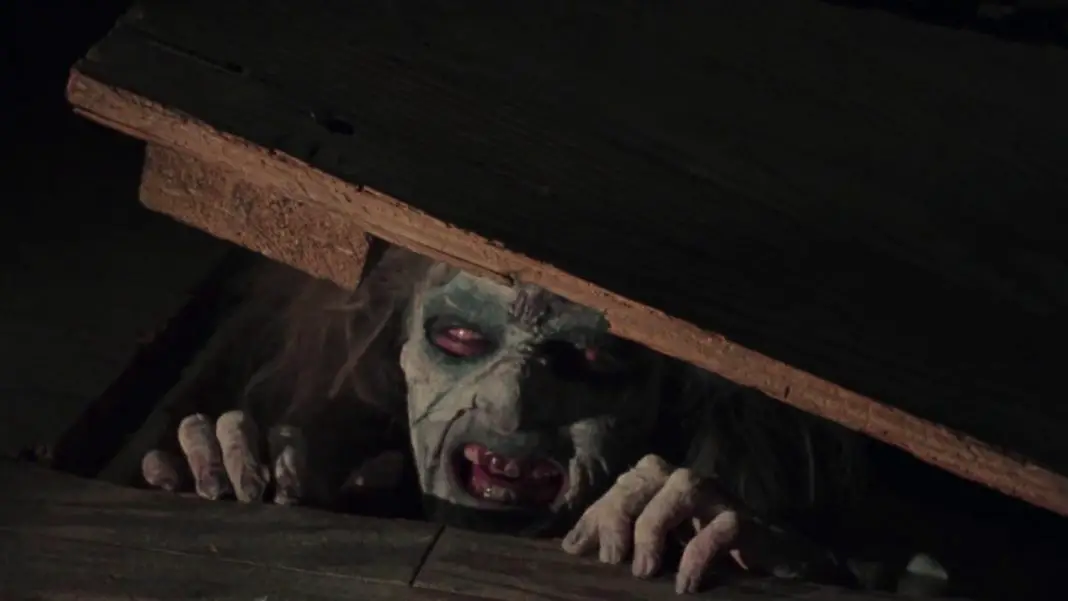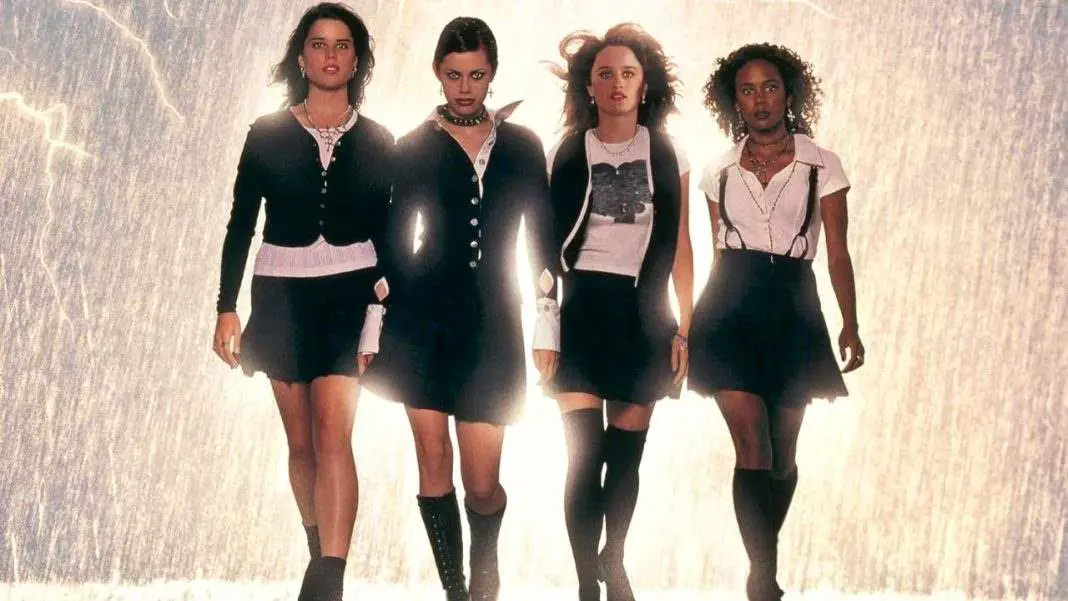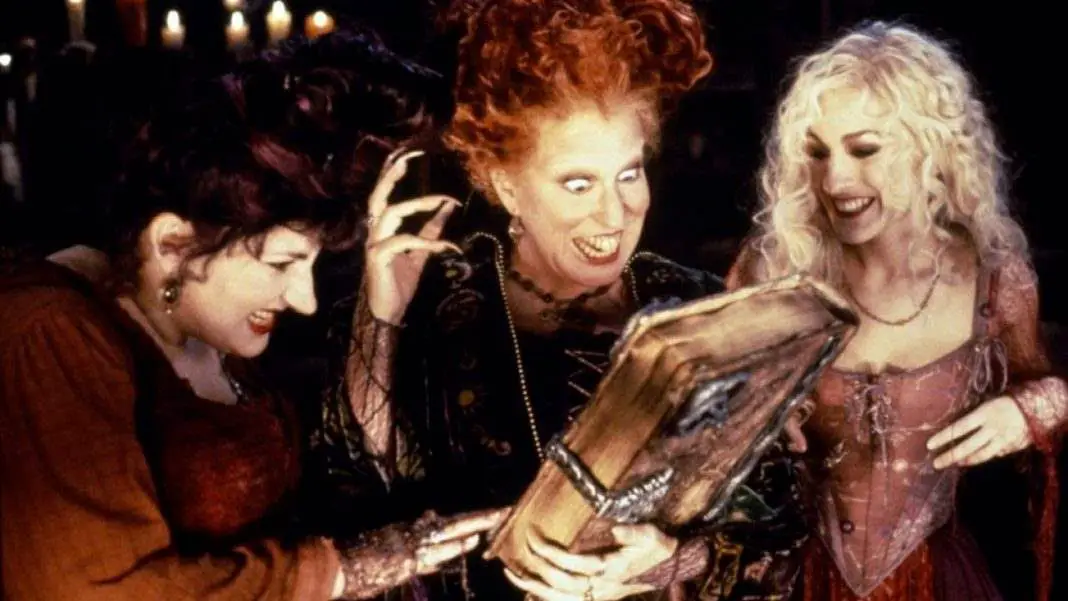The 1990s were an interesting time for horror. For a while, there was a need to make everything new. To make things fresh and different. This need eventually went away, but not before leaving a lasting impact on nearly all of our favorite franchises. Freddy, Jason, Michael Myers, even Pinhead was not safe from the weird renaissance of the 90s.
Strangely enough, though, the first big gimmick that the decade tried to pull for these classic characters was killing them. Right out of the gate, we had Freddy’s Dead: The Final Nightmare and Jason Goes to Hell: The Final Friday. Both entries not only tried to end their respective franchises for once and for all, but took things in new directions and expanded on the backstories of their flagship characters in bold and unexpected ways.
In Freddy’s Dead, we’re treated to a John Waters-esque, almost post-apocalyptic movie. It’s perpetually set ten years in the future so that it’s impossible to place in the franchise timeline. Either way, Springwood is a wasteland and Freddy has basically won, so he’s trying to find out how to break out beyond the town and claim new victims.

It also flat-out tells us how Freddy got his powers and became an invader of dreams and it’s pretty underwhelming. This was the biggest recurring theme throughout the ‘90s and it affected almost all of the horror icons equally: over explaining. It nearly ruined several franchises and the first hint of it was Freddy’s meeting with the skull-faced floating fish known as the Dream Demons.
Jason was effected in a very different way. Jason Goes to Hell apparently made every attempt to explain everything about Jason’s supernatural nature, but it only wound up raising more questions. While it was very inventive and is an underrated movie on its own, the idea that Jason simply turns into a demonic slug to move from body to body when he is destroyed doesn’t do the overall franchise any favors. At least it introduces us to the Voorhees family at large, bringing up Jason’s father—casually at best—for the very first time.
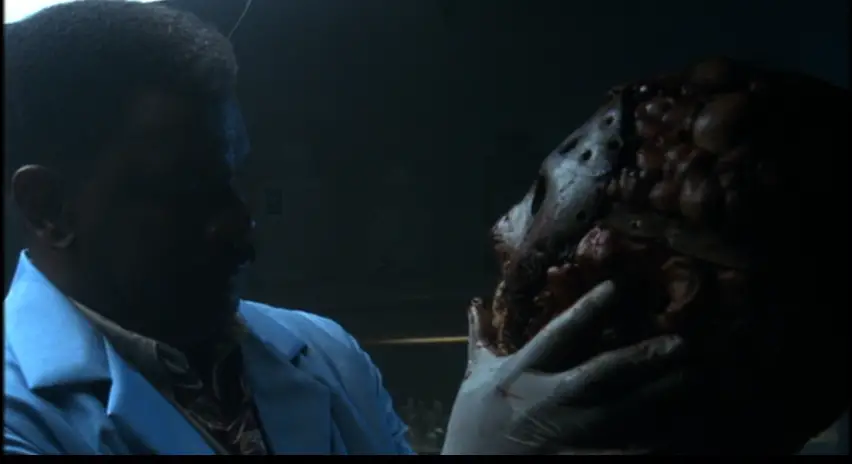 But that still gets off a little easier for not explaining how Jason gained these powers or how he came back and became so indestructible in the first place. For all the weirdness Jason Goes to Hell adds, it allows fans to make up their own minds on several issues.
But that still gets off a little easier for not explaining how Jason gained these powers or how he came back and became so indestructible in the first place. For all the weirdness Jason Goes to Hell adds, it allows fans to make up their own minds on several issues.
The worst offender on this whole idea of over explaining, though, was Halloween: The Curse of Michael Myers. This film was made for the sole purpose of explaining everything. Whatever you thought or didn’t think you needed to know about Michael and his backstory, it was going to try and cover that ground. It only adds insult to injury that this was the worst franchise to give this kind of in-depth treatment to because the entire intention behind Michael Myers to begin with is that you’re not supposed to know anything about him. He’s this blank, mysterious evil. That’s the whole reason for the mask.
Yet The Curse of Michael Myers explains things like an overly wordy Internet fan theory that happened to get picked up and produced by a studio. It’s about an ancient Druid cult in the modern day, one that’s kept the Curse of Thorn alive for generations. A constellation that appears whenever Michael Myers returns to Haddonfield. Depending on which cut of the film you see, Michael either impregnates his own niece or the baby is the result of many years of bizarre cloning experiments.
 At least in the theatrical cut, the cult turns out to be wrong about Michael and are unable to control him. Yet the one the producers were intent on and the cut everyone was clamoring to see for years was the cult-controlled, incestuous Michael Myers movie.
At least in the theatrical cut, the cult turns out to be wrong about Michael and are unable to control him. Yet the one the producers were intent on and the cut everyone was clamoring to see for years was the cult-controlled, incestuous Michael Myers movie.
Texas Chainsaw Massacre was also not immune from the curse of unnecessary explanation. Next Generation stuck out like a sore thumb because the original might be the most straightforward of any film referenced here. It captivated audiences because it felt real. It was like you were just watching madness unfold in front of your eyes. But the original co-writer didn’t feel the same way. He didn’t feel that the original movie held up as something realistic.
So with The Next Generation, he basically remade the first movie, but connected it to the others by explaining that all of these murders are not random happenstance, because those don’t exist. This family instead kills people to appease the Illuminati, who are also possibly coordinating these frequent kills to balance the scales of good and evil to appease alien overlords. All of these ideas presented in the film, Henkel has admitted, are his own beliefs. He was crafting a Texas Chainsaw Massacre to his own specific worldview and on that level it’s interesting.

These weren’t the only franchises that got the weird treatment. Hellraiser: Bloodline gave us the whole origin of the box while also shooting Pinhead into space in the distant future. Chucky got a complete makeover and was tied back to his past by reuniting with his old lover Tiffany in Bride of Chucky. So all of the people complaining that the remakes we’ve seen over the last decade suffered from explaining too much must be forgetting the sheer amount of over-explanyion we got in the ‘90s and how much it hurt virtually every modern horror franchise.
